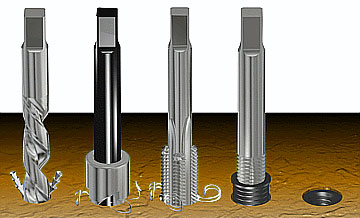Ok so my bike was running great and then shut it down went in for a snack and then when I went to fire it back up it won't start. Found out i have no spark so I got new plug and wire on the way and that's problem #1.
Second issue I had was I could feel puffs of air on my leg as I tried to pedal start it so I went to take the head off thinking I blew the gasket and discovered that I have a stripped out head stud. The stud itself is beautifull so I'm thinking that the case is what's stripped out. How do I fix this w/o getting new case or can this be "fixed".
Thanks
Second issue I had was I could feel puffs of air on my leg as I tried to pedal start it so I went to take the head off thinking I blew the gasket and discovered that I have a stripped out head stud. The stud itself is beautifull so I'm thinking that the case is what's stripped out. How do I fix this w/o getting new case or can this be "fixed".
Thanks





